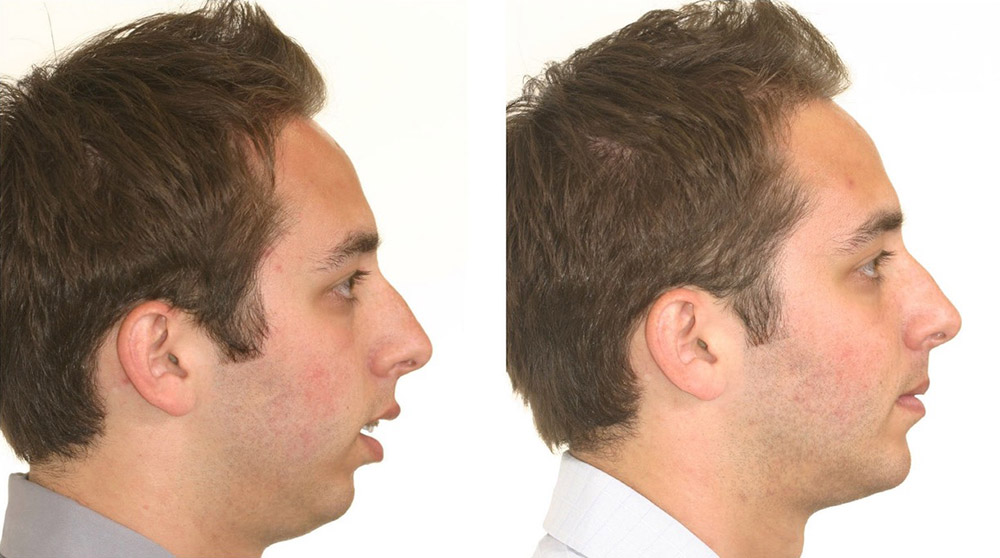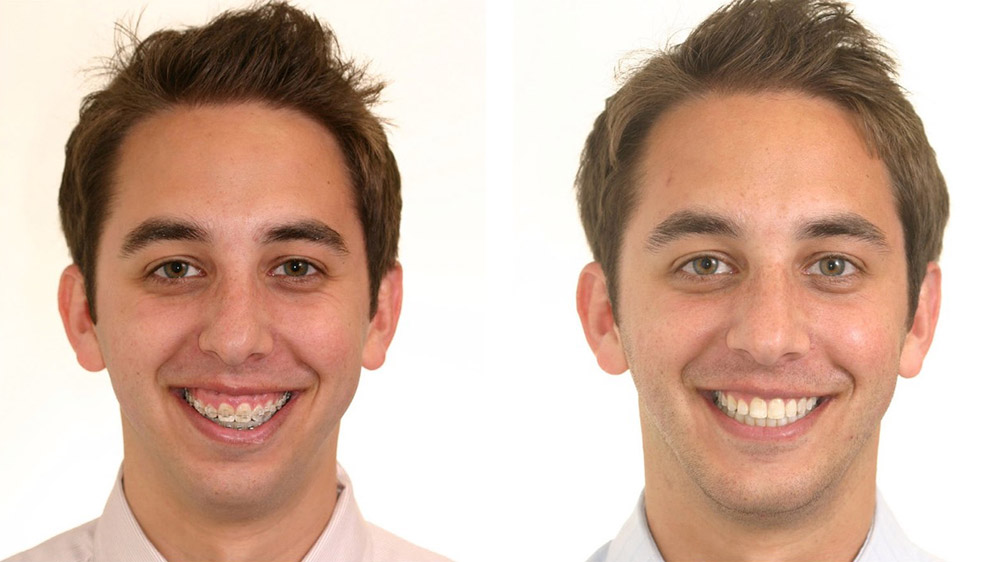THE PROBLEM
Teeth are situated inside the upper and lower jawbones. During development, the jaws grow somewhat independently of one another. If the growth between the two jaws is somewhat harmonious, it is fairly routine for the orthodontist to align the teeth while achieving a good bite. However, if there is too much or not enough jaw growth in any particular direction, the attainment of a healthy bite is much more challenging.
Orthodontic treatment during one’s growth spurt can help mitigate a mild-moderate jaw discrepancy but there are biologic limits to how far teeth can be moved before it becomes unhealthy. Therefore, in cases with significant jaw discrepancies without much growth potential, an orthodontics-only treatment approach is not the appropriate solution to get an ideal result.















